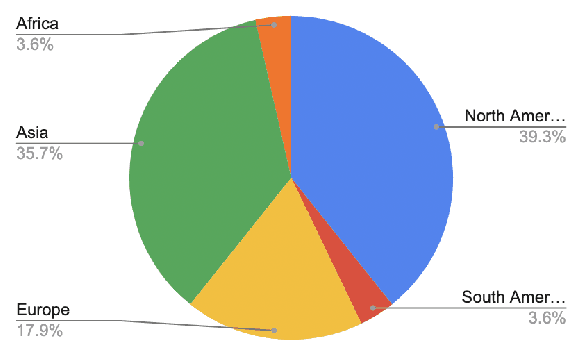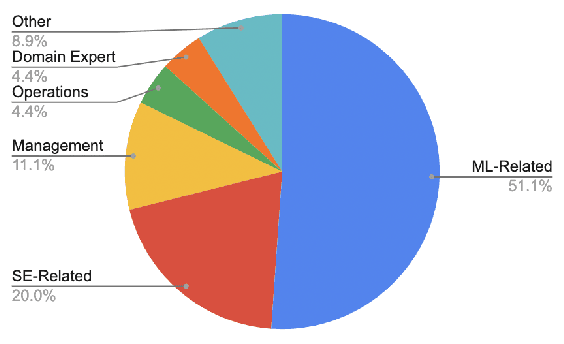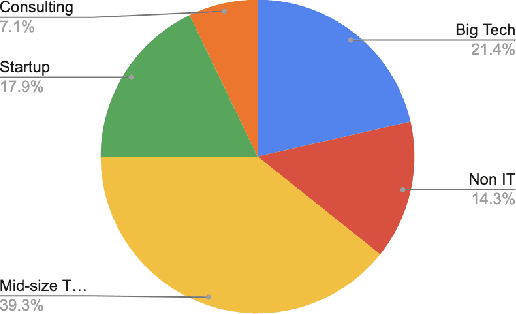Grace Lewis
A Synthesis of Green Architectural Tactics for ML-Enabled Systems
Dec 15, 2023Abstract:The rapid adoption of artificial intelligence (AI) and machine learning (ML) has generated growing interest in understanding their environmental impact and the challenges associated with designing environmentally friendly ML-enabled systems. While Green AI research, i.e., research that tries to minimize the energy footprint of AI, is receiving increasing attention, very few concrete guidelines are available on how ML-enabled systems can be designed to be more environmentally sustainable. In this paper, we provide a catalog of 30 green architectural tactics for ML-enabled systems to fill this gap. An architectural tactic is a high-level design technique to improve software quality, in our case environmental sustainability. We derived the tactics from the analysis of 51 peer-reviewed publications that primarily explore Green AI, and validated them using a focus group approach with three experts. The 30 tactics we identified are aimed to serve as an initial reference guide for further exploration into Green AI from a software engineering perspective, and assist in designing sustainable ML-enabled systems. To enhance transparency and facilitate their widespread use and extension, we make the tactics available online in easily consumable formats. Wide-spread adoption of these tactics has the potential to substantially reduce the societal impact of ML-enabled systems regarding their energy and carbon footprint.
A Meta-Summary of Challenges in Building Products with ML Components -- Collecting Experiences from 4758+ Practitioners
Mar 31, 2023Abstract:Incorporating machine learning (ML) components into software products raises new software-engineering challenges and exacerbates existing challenges. Many researchers have invested significant effort in understanding the challenges of industry practitioners working on building products with ML components, through interviews and surveys with practitioners. With the intention to aggregate and present their collective findings, we conduct a meta-summary study: We collect 50 relevant papers that together interacted with over 4758 practitioners using guidelines for systematic literature reviews. We then collected, grouped, and organized the over 500 mentions of challenges within those papers. We highlight the most commonly reported challenges and hope this meta-summary will be a useful resource for the research community to prioritize research and education in this field.
* 15 pages, 2 figures, 3 tables, published in CAIN 2023
More Engineering, No Silos: Rethinking Processes and Interfaces in Collaboration between Interdisciplinary Teams for Machine Learning Projects
Oct 19, 2021



Abstract:The introduction of machine learning (ML) components in software projects has created the need for software engineers to collaborate with data scientists and other specialists. While collaboration can always be challenging, ML introduces additional challenges with its exploratory model development process, additional skills and knowledge needed, difficulties testing ML systems, need for continuous evolution and monitoring, and non-traditional quality requirements such as fairness and explainability. Through interviews with 45 practitioners from 28 organizations, we identified key collaboration challenges that teams face when building and deploying ML systems into production. We report on common collaboration points in the development of production ML systems for requirements, data, and integration, as well as corresponding team patterns and challenges. We find that most of these challenges center around communication, documentation, engineering, and process and collect recommendations to address these challenges.
 Add to Chrome
Add to Chrome Add to Firefox
Add to Firefox Add to Edge
Add to Edge